CrustyClad
Full Member
Found this today, it was about 6" down, I have no clue  what it could be, but in the same area i was also getting large cast iron or steel fragments, I wish I would of kept some of the iron pieces too.... These pieces were all found out in the middle of a large pasture...
what it could be, but in the same area i was also getting large cast iron or steel fragments, I wish I would of kept some of the iron pieces too.... These pieces were all found out in the middle of a large pasture...
Thanks for the help....
Thanks for the help....

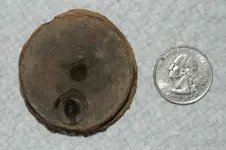
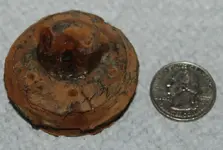
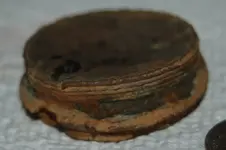
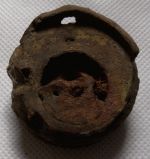


 And this is the part I think you have (pics. below).
And this is the part I think you have (pics. below).![DSC_0102 (800x705)[1].webp](/data/attachments/491/491116-8d930fa1b097767d48bd34e4c4ae512f.jpg?hash=pS3EXlcnZr)
![btf5[1].webp](/data/attachments/491/491129-b168dfbb52d80787ad27509b423edbf6.jpg?hash=GKnL50xTP0)
![btf4[1].webp](/data/attachments/491/491131-26198c877805588042187b9bf3b24e3c.jpg?hash=DGIV3gkvA_)
![shrapaction[1].webp](/data/attachments/514/514238-064912a2989908f5779d4fceea691f8b.jpg?hash=NPrR9cfKrM)
![3point8shrap[1].webp](/data/attachments/514/514214-e50495ff6699b2810bbc26110264e9c4.jpg?hash=pRwrktZ16s)
![shrapaction[1].webp](/data/attachments/514/514244-064912a2989908f5779d4fceea691f8b.jpg?hash=NPrR9cfKrM)
![3point8shrap[1].webp](/data/attachments/514/514226-e50495ff6699b2810bbc26110264e9c4.jpg?hash=pRwrktZ16s)
 The band is call a drive band should be copper or a alloyed of.
The band is call a drive band should be copper or a alloyed of.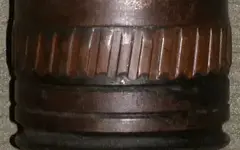
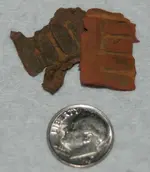

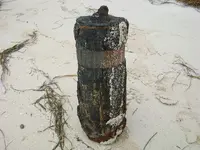
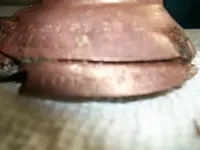
![100_2644[1].webp](/data/attachments/659/659743-1a72b1ab6b3ec4a4c038927310bbc585.jpg?hash=OHj4xBVjnX)
![100_2648[1].webp](/data/attachments/659/659759-14c63985c6c0eb5801a26e57884eb0eb.jpg?hash=En-migB1lE)
![100_2652[1].webp](/data/attachments/659/659774-ed1315f2c378aa234df86ded382d4a08.jpg?hash=RGeSgSz2Sq)
![100_2658[1].webp](/data/attachments/659/659783-df68966ff1f00496d3bdfa72a5c387e9.jpg?hash=DNYUe-GMWt)
![100_2647[1].webp](/data/attachments/659/659796-065f47c82dba9916464edf25cffefa65.jpg?hash=sS-Y84ev9i)
![100_2651[1].webp](/data/attachments/659/659803-3196c7c16b65cc9527e6e09decd6acee.jpg?hash=HXtNAdJ-tj)
![100_2657[1].webp](/data/attachments/659/659815-6e595071b06e0383f07a83e54aeeb52b.jpg?hash=AC66e8S9Ey)
